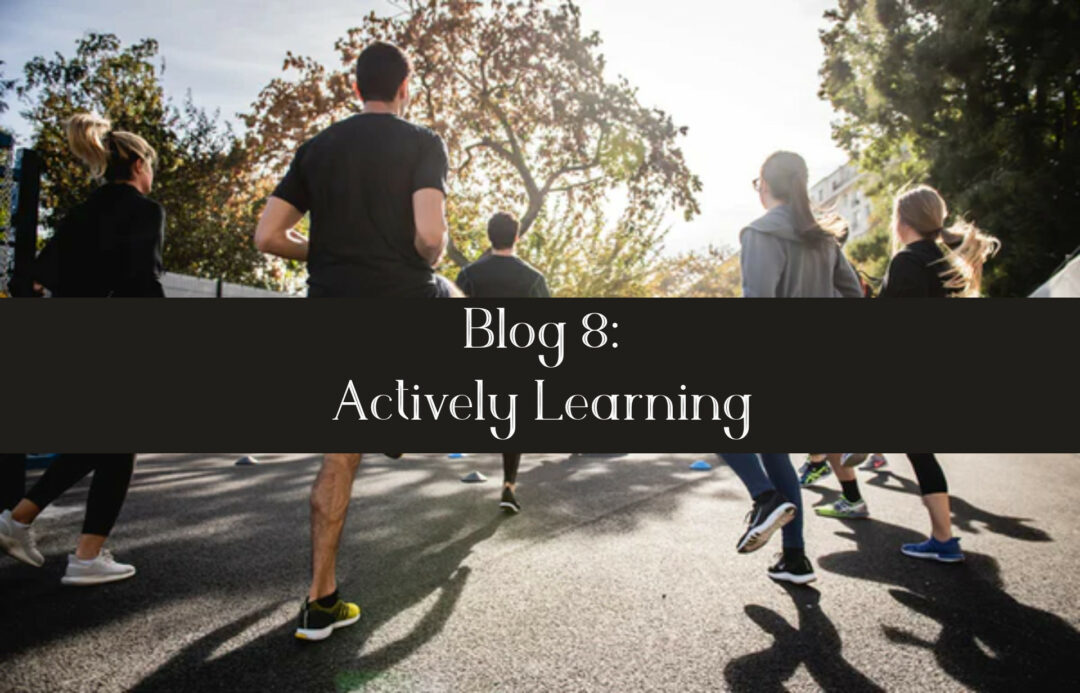Refining UVic Summons Learning Video
The main goal when editing and reformatting the multimedia video on the UVic Summons search engine is to use the feedback provided and integrate more attention-focusing practices. One of the most prominent ways to do this was through the use of text boxes, as they allow information in a video to be highlighted and signalled to without disrupting the flow of the speaker. Text boxes brought in two of the multimedia learning principles that I had not included previously. The split attention principle states that multiple sources of material provided to learners should be integrated into the media together to free cognitive load (Ayres & Sweller, 2014). Paired with the signalling principle of highlighting key information, text boxes over the video can be used for additional cues. Throughout my explanation of advanced searching and the additional features, there are several key points that I am aiming to get across. These are the key pieces of knowledge that I am focusing on when explaining the steps, and highlighting the point with text on the screen.
An additional editing choice using the H5P capabilities on the improved video is to include a different set of multiple choice questions. While highlighting key information may help learner’s attention, multiple choice questions can be used to gauge what is being learnt and encourage watchers to adapt more to the information provided. When combining multimedia sources, it is important for students to connect and grasp onto the different pieces of information shown. Multiple choice questions follow the self-explanation principle, giving learners opportunity to think on the content and process what is being taught. With such a short video, it is important to be able to pause and digest the information given. The questions are not meant to be difficult, instead calling attention to the main lessons.
The small changes that have been added to the multimedia video showcase a wider variety of multimedia learning strategies to best provide learners with information. Compared to the original, it is my belief that changes are beneficial to watchers. Helping deepen their learning and grasp of the material shown.
Works Cited
Ayres, P., & Sweller, J. (2014). The Split-Attention Principle in Multimedia Learning. In R. Mayer (Ed.), The Cambridge Handbook of Multimedia Learning (Cambridge Handbooks in Psychology, pp. 206–226). Cambridge: Cambridge University Press. doi:10.1017/CBO9781139547369.011


